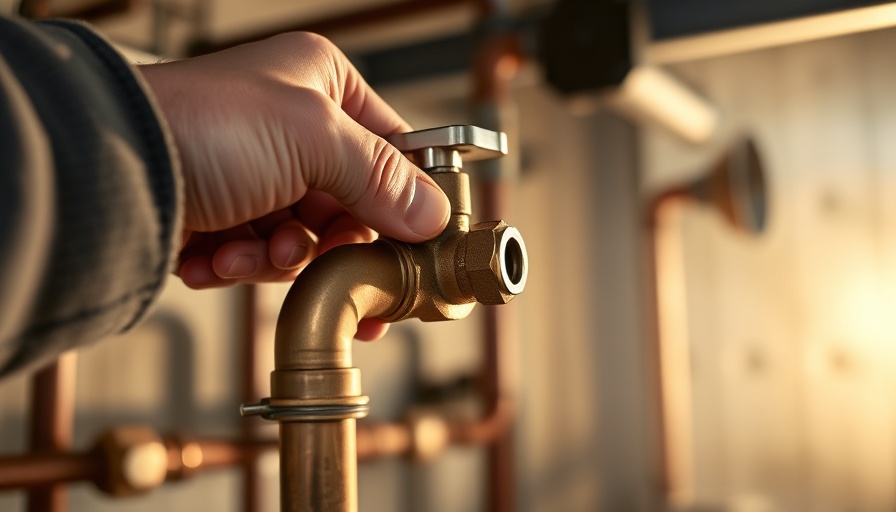
Understanding Dust Containment: A Key Factor in Home Projects
In the world of construction and home renovation, dust containment is much more than just a janitorial concern; it’s vital for maintaining air quality and safeguarding the health of workers and residents alike. Projects like remodeling a kitchen or constructing a deck often kick up excessive dust, which can infiltrate HVAC systems, settle on furniture, and cause respiratory issues for those nearby. With so much at stake, implementing effective dust control measures is essential for successful projects.
Why Dust Control Matters
Dust generated during renovations has far-reaching consequences. It can trigger allergies, reduce visibility on the job site, and complicate the cleanup process, adding unnecessary hours and costs. Addressing this challenge proactively not only enhances air quality but also helps preserve valuable household items and minimizes contractor liability.
Proven Techniques for Effective Dust Containment
1. Set Up Dust Barriers: Utilizing dust barriers is a smart first step in containing dust. Dust containment kits, like those offered by Trimaco, are designed to create a sealed off area instantly, using plastic sheeting and durable poles. This separation keeps pollution from drywall, sand, and other materials confined to the work area, leading to a cleaner environment.
2. Cover Surfaces: Protecting furniture and exposed areas with plastic sheeting is an effective way to block dust. Trimaco's self-adhering film not only attracts dust but also creates a barrier that keeps spaces cleaner during renovations.
3. Daily Maintenance: Cleaning daily might seem tedious, yet this simple practice can lead to dramatic reductions in dust accumulation. Through regular sweeping or vacuuming, contractors can maintain an effective dust containment strategy, ensuring the job site remains safe and tidy.
Complementary Strategies to Consider
While setting up a dust containment system is crucial, enhancing it with complementary strategies further improves air quality. According to experts, employing water spraying, using mulch, and introducing gravel can significantly diminish airborne particles. Additionally, chemicals known as palliatives can bind dust particles together, although care must be taken to avoid adverse effects on the environment.
Future Innovations in Dust Control
Looking ahead, innovations in dust control will likely center around eco-friendly practices. Companies like TRUEGRID are leading the way with their permeable pavers, which provide sustainable, long-term solutions to dust without chemical additives. By adopting such technologies, contractors can mitigate dirt and dust from the ground up while fostering environmental stewardship in the construction industry.
Conclusion: Proactive Measures Lead to Cleaner Outcomes
In summary, understanding dust containment and implementing effective and proactive measures can transform a construction project experience. Utilizing dust barriers, regularly covering surfaces, making daily cleaning a ritual, and looking towards innovative solutions will not only keep job sites cleaner but also improve air quality and health outcomes for all involved.
Want to enhance your next home renovation project? Explore the essential techniques and products on the market today to ensure your environment is as safe and clean as possible!
 Add Row
Add Row  Add
Add 




Write A Comment